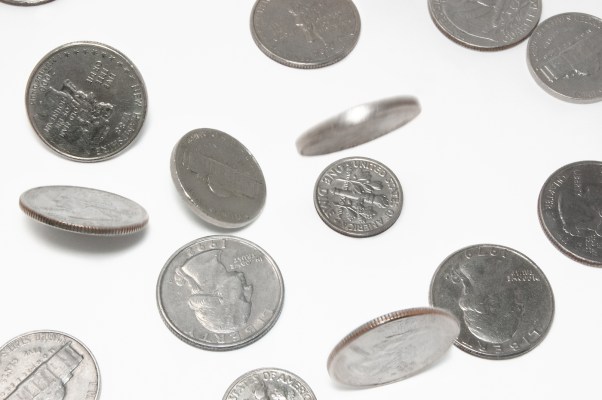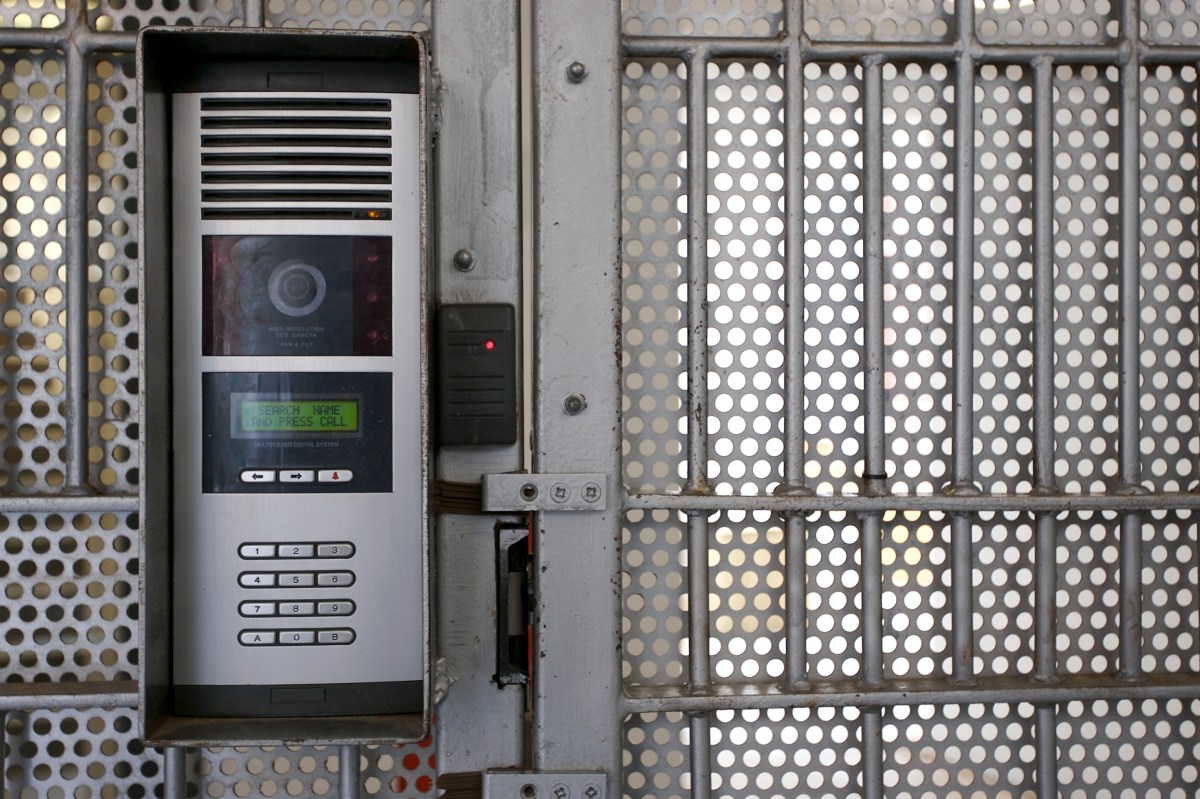UST founder Do Kwon shares plan to save its stablecoin from mass destruction – TechCrunch
The past few days have been extremely volatile across the crypto economy, after one of the (what was supposed to be) largest stablecoins, TerraUSD (UST), depegged from its $1 value and fell as much as 70% to 29 cents earlier this morning.
Do Kwon, the founder of Terraform Labs (TFL) — the organization behind UST, cryptocurrency Terra (LUNA) and Luna Foundation Guard (LFG) — shared an update to the situation in a thread of tweets earlier this morning, in hopes of righting the ship.
“I understand the last 72 hours have been extremely tough on all of you — know that I am resolved to work with every one of you to weather this crisis, and we will build our way out of this,” Kwon said. “Together.”
UST is an algorithmic stablecoin that leans on a system of traders who swap between LUNA and UST when the value of UST goes above or below its 1:1 ratio, so it could hold to the U.S. dollar. Every time $1 worth of UST token is bought, $1 worth of LUNA is burned, and vice versa.
If UST goes above $1, arbitrageurs are encouraged to burn LUNA to make more UST and bring it back to its $1 value. If demand contracts and drops UST below $1, like we’ve seen over the past few days, UST could be burnt for LUNA. (Burning is a common mechanism in crypto to pull tokens out of circulation to keep demand and supply healthy – in this case, the burning reduces supply with the goal of making it more scarce and valuable, thus keeping algorithmic stablecoins like UST at their peg.) But in this most recent situation, tons of capital was being pulled from UST after arbitrageurs sold LUNA, which caused the “stablecoin” to drop dramatically, applying massive pressure on its ecosystem.
Kwon acknowledged that due to the algorithmic nature of UST, there was a significant impact on the price of LUNA, which peaked at $119.18 in April but has since plummeted 99% to $1.04. In the last 24 hours alone, LUNA fell more than 96%, according to CoinMarketCap data. “Luna price has diminished drastically absorbing the [arbitrage],” he said.
LFG is also looking to raise over $1 billion from investment firms and market makers, according to a May 10 article from The Block, citing multiple anonymous sources.
The deal isn’t finalized; it’s currently being negotiated for investors to purchase LUNA tokens at a 50% discount with a two-year vesting schedule, The Block reported. Since then, LUNA has been discounted far beyond that value, so it’s uncertain if investors will still consider the deal.
“Before anything else, the only path forward will be to absorb the stablecoin supply that wants to exit before $UST can start to repeg,” Kwon wrote. “There is no way around it.”
The impact of this event can have broader implications across the market, as seen earlier this week when bitcoin’s value fell below $30,000 and U.S. Treasury Secretary Janet Yellen pushed for more stablecoin regulation during an annual testimony in front of the Senate Banking Committee on May 10, right in the middle of when Terra’s algorithmic stablecoin, UST, struggled to retain its peg.
In response to questions from Senators Pat Toomey and Catherine Cortez Masto, Yellen said it would be “highly appropriate” for stablecoin regulation to occur by the end of 2022 because there are “many risks associated with cryptocurrencies.”
“We really need a consistent federal framework,” Yellen commented.
While some holders (and non-believers) of the cryptocurrency and stablecoin alike have already abandoned ship, others who believe deeply in the project are willing to give it another chance.
“Rooting for the failure of $UST is rooting for the failure of all stablecoins (and crypto),” Sheldon Evans, a crypto-focused YouTuber with about 740,000 subscribers, tweeted. “Centralized [stablecoins] where collateralization is not completely public and transparent such as $USDT (which [by the way] what most of the crypto market is propped up on) could destroy everything.”
Going forward, Kwon plans to endorse a Terra community proposal that will increase the amount of LUNA able to be minted by four times, so that the holders can “absorb the UST more quickly” or sell because only a certain amount of UST can be sold daily.
But by increasing the minting capacity, LUNA’s price will have the ability to drop even more. As it stands, about 95,200,000 votes — which is based on the number of LUNA tokens, not per user — have been casted in favor of the proposal, with zero votes against it.
“Naturally, this is at a high cost to UST and LUNA holders, but we will continue to explore various options to bring in more exogenous capital to the ecosystem [and] reduce supply overhang on UST,” Kwon said.
As Terraform Labs rebuilds UST, the team will adjust its stablecoin mechanism to be collateralized, Kwon said.
In April, Kwon told TechCrunch that it planned to back UST with a “basket” of Layer 1 cryptocurrencies over time, in addition to the U.S. dollar and bitcoin.
“Stablecoins are like the utility side and basically the money of crypto,” Kwon said at the time. “Possibly aside from Bitcoin, stablecoins are crypto’s holy grail use case.”




